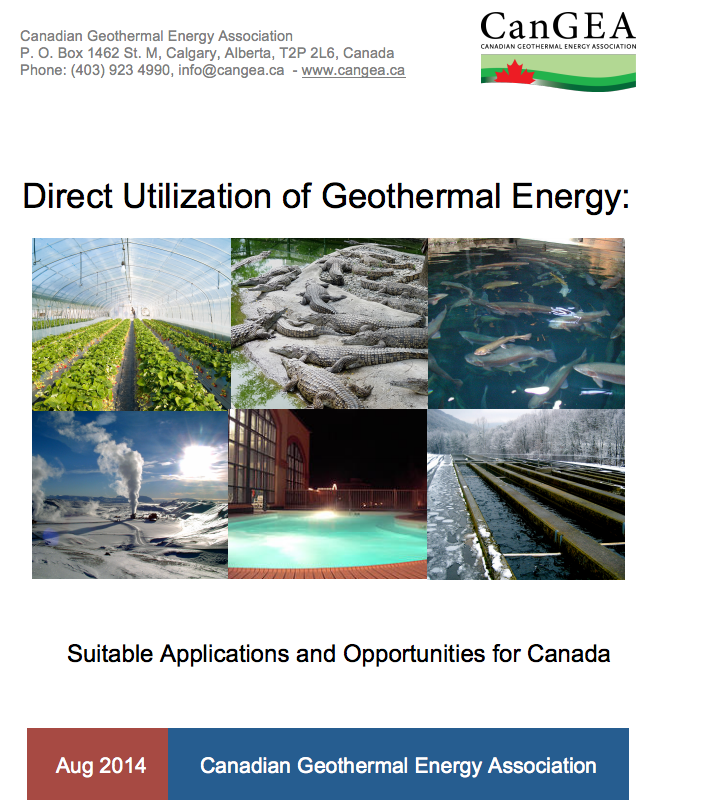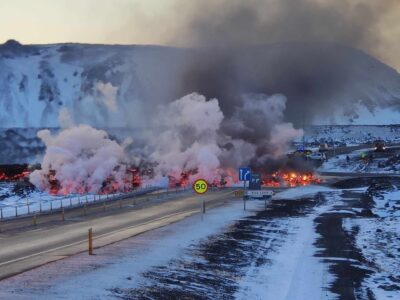CanGEA releases report on direct use of geothermal energy
The report includes a variety of commonly employed Direct Use Applications, such as the use of geothermal heat for greenhouses, fish farms, crop and pulp & paper drying, district heating systems, and many more.
The Canadian Geothermal Energy Association (CanGEA) is pleased to announce the release of its report “Direct Utilization of Geothermal Energy: Suitable Applications and Opportunities in Canada.” This report is based on the direct, or non-electric, applications of geothermal heat.
The CanGEA project team consisted of project leader Faisal Bakhteyar, subject matter experts Dr. John W. Lund and Dr. Alan Jessop, and CanGEA Chair Alison Thompson. The project was supported by contributions from the International Energy Agency-Geothermal Implementing Agreement (IEA-GIA)’s Common Funds and the National Research Council’s Industrial Research Assistance Program (NRC IRAP).
Direct-use geothermal has achieved consistent growth globally in the last decade, primarily through the increase in geothermal heat pump installations and geothermal direct-use for bathing and swimming. However, for many countries with direct-use potential – Canada included – there is a general absence of technical and economic data surrounding subsurface geothermal conditions and suitable utilization of direct use applications, especially for regions further away from surface manifestations such as hot springs.
The report includes a variety of commonly employed Direct Use Applications, such as the use of geothermal heat for greenhouses, fish farms, crop and pulp & paper drying, district heating systems, and many more. The purpose of this report is to bring tested, cutting edge, and internationally renowned direct use applications to Canada’s nascent geothermal industry.
The direct use applications of geothermal energy can create unique business opportunities that contribute to sustainable communities in Canada and produce new jobs. Projects would have the potential to diversify the economies of numerous Canadian cities and towns. “Direct use projects can also reduce costs incurred to existing businesses. For example, farmed salmon is a major export for both British Columbia and New Brunswick; geothermal heat would reduce heating costs and boost productivity. This could be especially beneficial in Northern and remote communities that rely heavily on expensive imported fossil fuels” said Alexa MacDonald, Direct Use Coordinator, CanGEA.
The 200+ page report is sectioned into four parts that offer inspiration and instruction on designing and implementing various direct use projects. Part I provides an overview of possible direct use applications; Part II outlines project development and design guidelines; Part III displays geothermal resources in Canada; and Part IV discusses direct use applications and opportunities in a Canadian context.
The release of this report coincides with CanGEA’s Direct Use Trade Mission to Klamath Falls, Oregon. Ultimately, it is hoped that these initiatives will motivate Canadians to implement direct use projects and provide them with the information they need to get them off the ground. Ultimately it is our goal to establish a strong and diverse geothermal industry in Canada.
Click here for access to CanGEA’s Direct Use Report!
Source: Press Release by CanGEA


















